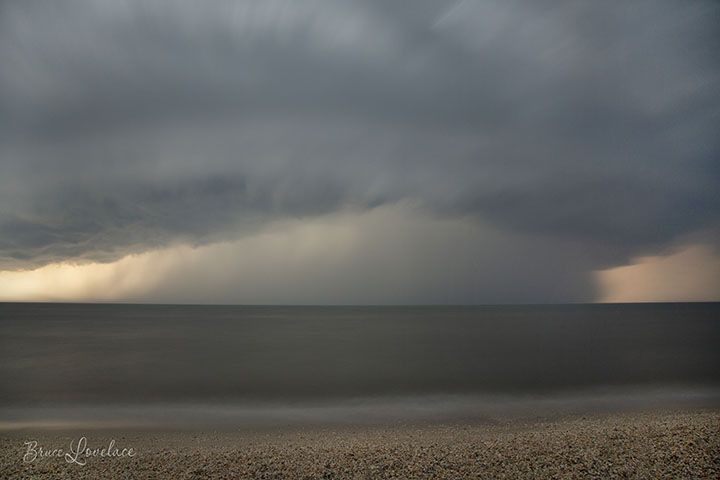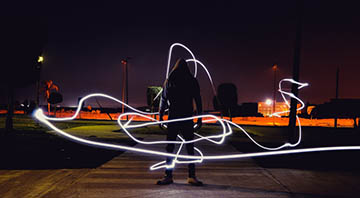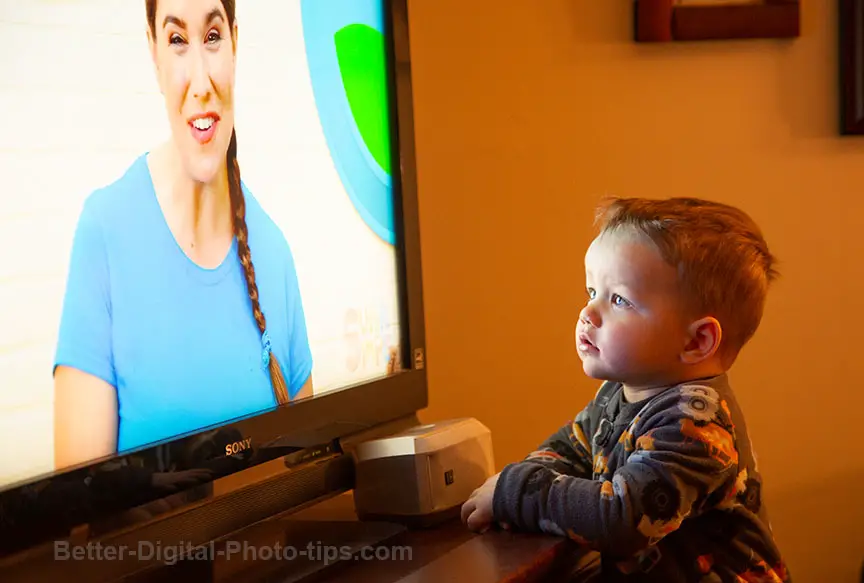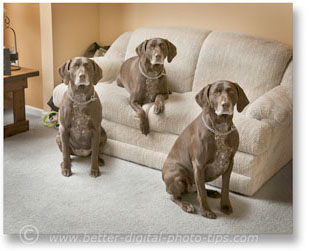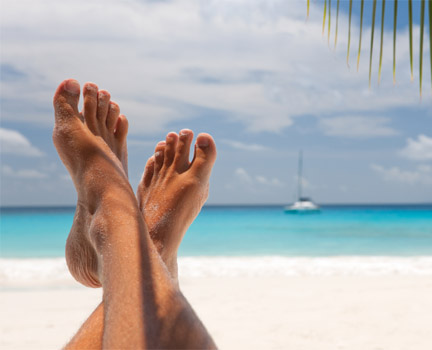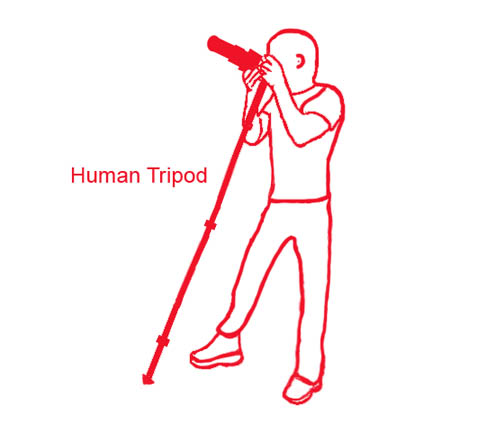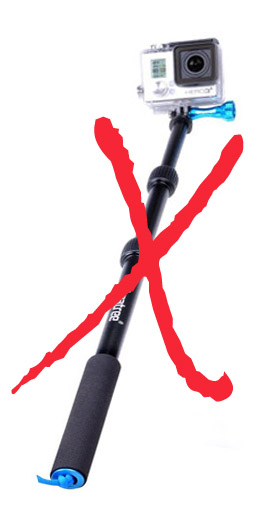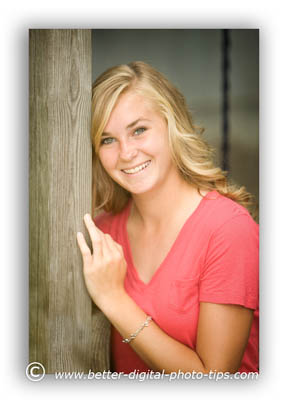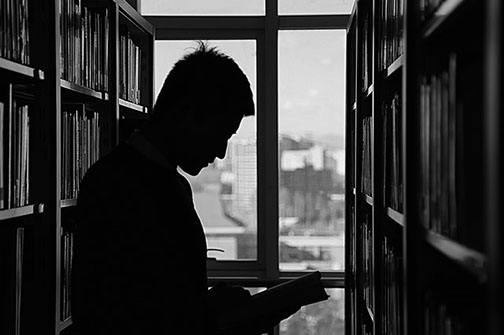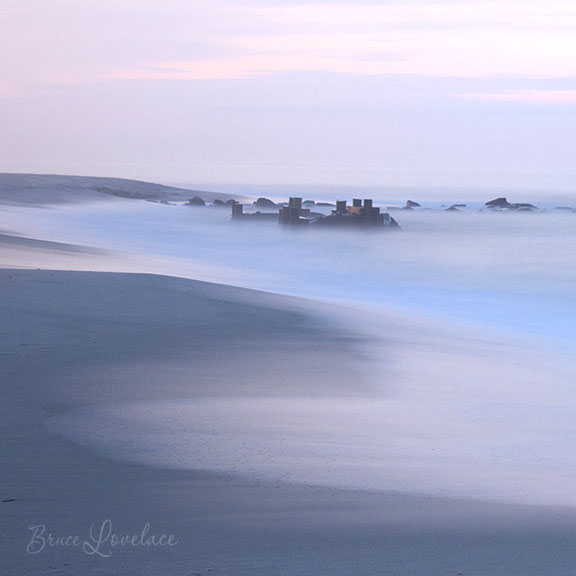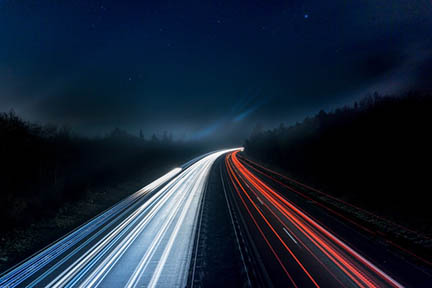HOW TO POSTS: LIGHTING AND COMPOSITION
what is a bulb exposure setting
When, Why, and how to Use bulb mode
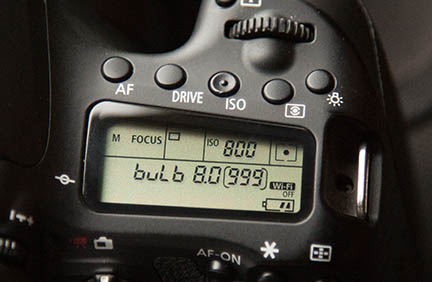 Bulb mode display on top of camera
Bulb mode display on top of cameraSo what is a bulb exposure setting, why would you ever want to use it, and how is it different from the other exposure modes? You can use the bulb setting for practical uses as well as an infinite number of creative uses as well.
WHAT. But first we need to understand what an exposure in bulb mode is. The bulb setting on your camera lets you manually hold the shutter open for any length of time you want.
Instead of a setting with the camera set to an exact length of time such as 1/125th of a second, or 1/15 second, or 2 seconds, the shutter will stay open as long as you hold the shutter button down.
WHY. The first practical reason to use bulb mode is when you need to make an exposure that is longer than the camera's longest shutter speed setting of 30 seconds.
One quick example is the situation you encounter when you're doing night photography where it is very dark and you need to shoot a super long exposure to allow enough light to enter the camera for a proper exposure.
Secondly, you may want to use a lengthy exposure for creative reasons. We'll look at 6 bulb exposure situations in a minute, but first, check out the photo below.
I drove to this well-known spot on the west side of Cape May to watch and photograph a beautiful sunset. The fickle summertime weather had different plans and confronted me with a fast moving, massive, dark, storm cloud.
I set up my tripod and composed this photo using a long exposure which completely blurred the crashing waves on the beach.
HOW TO SET BULB MODE ON YOUR CAMERA
You have 2 ways to set your camera on its bulb setting. You can set your camera to make a bulb exposure either by setting it on the camera dial on top of your camera or by going into the settings within your cameras menu.
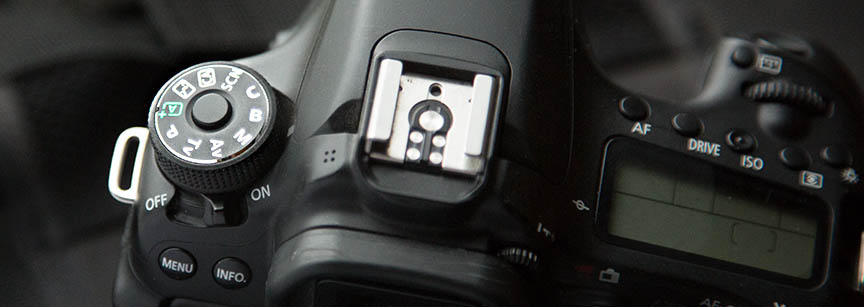 My 70D set on "B" bulb mode.
My 70D set on "B" bulb mode.It's real quick and easy to set on DSLR cameras and higher quality point and shoot cameras that have the exposure mode dial on top of the camera like the one shown above.
In newer cameras with touch screens you simple have to find it within the menu and you're all set.
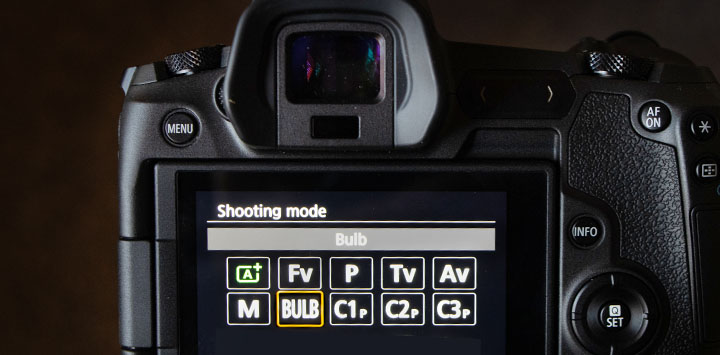 You can set bulb mode on your touch screen LCD
You can set bulb mode on your touch screen LCD5 TIPS FOR THE BEST RESULTS IN BULB MODE
- MANUAL EXPOSURE. This is highly recommended although not mandatory. In most situations you will want to check out your photograph on your playback and make adjustments to shutter speed or aperture using a manual exposure mode.
- USE A TRIPOD. This is a must-do tip needed to avoid massive blurriness in your photograph.
- USE A CABLE RELEASE OR REMOTE TRIGGER. Unless you are creating some kind of creative motion blur on purpose, you must have either a cable release or a remote shutter trigger to engage your camera's shutter. The pressure from your finger depressing the shutter will cause a lack of sharpness or blur which will be magnified on long exposures. You can pick up a cable releases for for many cameras on Amazon. Some releases have a lock that allows you to temporarily let go of the button and push a second time when you want to shutter to close. In the old days, we called that a Time Exposure.
- USE A LOW ISO SETTING. You'll get the highest quality in your photograph, and the least amount of digital noise, if you use a low ISO setting like 100 or 200. Since you're using a really long exposure time, you don't need to set the ISO to a high setting in order to insure you're going to get a good exposure.
- TEST AND ADJUST. Try a few "practice" photos first to get the exposure the way you want it. If the picture is too dark, you can make the exposure longer, or open up to a wider aperture, or raise the ISO to make it brighter. If the photo is too light and you have areas in the photo that are blown out, make a shorter exposure, or use a smaller f/stop, or a lower ISO.
WHAT TO PHOTOGRAPH WHEN MAKING A BULB EXPOSURE
When would you want to use the bulb mode on your camera? Answer: when you want to get creative and go beyond the basic run of the mill snapshot. Here are 6 ways you can get creative using your bulb exposure setting.
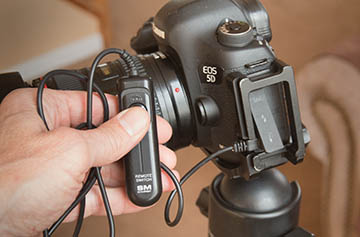 Shutter cord for bulb exposures.
Shutter cord for bulb exposures.1. FIREWORKS. Probably the most wide used situation for long exposures. This allows you to wait to just the right time when the fireworks are exploding to open and close the shutter when you want. You decide when to start and stop the exposure based on how the fireworks are happening as you watch them.
2. THE NIGHT SKY. You can photograph the movement of the stars as star trails. A locking remote shutter release is very valuable because your exposure will be minutes or even several hours long.
3. TRAFFIC. The key to great traffic and moving-light subjects is finding the best vantage point to have the resulting streaks of color move in an interesting direction. Once again the timing is important, so you choose when to pen and when to close the shutter.
4. LIGHTNING. This is one of the most challenging types of night photography because of the super quick duration and unpredictable nature of lighting strikes.
5. PAINTING WITH LIGHT. I had a blast with this when I was only about 15 years old and first experimented with creative photography tricks. That includes using bulb mode for long exposures.
We opened the shutter for several minutes and "painted" using the light from sparklers, road flares and electronic flashes fired through red cellophane. Those photos were shot as 35mm slides and are long gone now. With digital photography it's easier than ever to experiment with this technique, see the results right away, and make adjustments as you go.
You can also use flashlights or any other artificial light source and "paint" while your shutter is open and you are in a very dark location. Here's a Lighting Painting Project for both adults and kids.
6. MOVING WATER PHOTOGRAPHY. This is one of coolest tricks you can do using bulb exposure mode. You may need a good neutral density filter as explained in this video:
What's In A Name
The term "bulb" mode comes from the early days of photography. A rubber bulb was squeezed to push air through a tube and trigger the camera shutter to engage. When you released the pressure on the bulb, the shutter would close. The term bulb mode carried over to digital photography even this manual shutter release method is now triggered remotely or electronically.
Closing Thoughts on Bulb Mode
Digital photography gives you the ease of using trial and error to shoot a photo. You can check the results, make an adjustment, and shoot again when using bulb mode.
Using the bulb exposure mode on your camera gives you a way to capture the passage of time in a single photo. Keep on shooting photos. It's the best way to learn!
Stay inspired!


ABOUT BRUCE LOVELACE
Bruce is the publisher of this website. He is the author of the book "Improve Your Photography Instantly." Read more on Bruce on his Bio Page. He's been known as The Traveling Photographer ever since 1994. Read more about this website.
View some of Bruce's photos on Instagram. Visit the Facebook Page. Watch him on YouTube. Bruce runs photo workshops for kids and adults, and provides one-on-one photography coaching.
Digital Photography Education Location on Google My Business
As an Amazon affiliate I may receive a small commission from qualifying purchases, at NO added cost to you.
